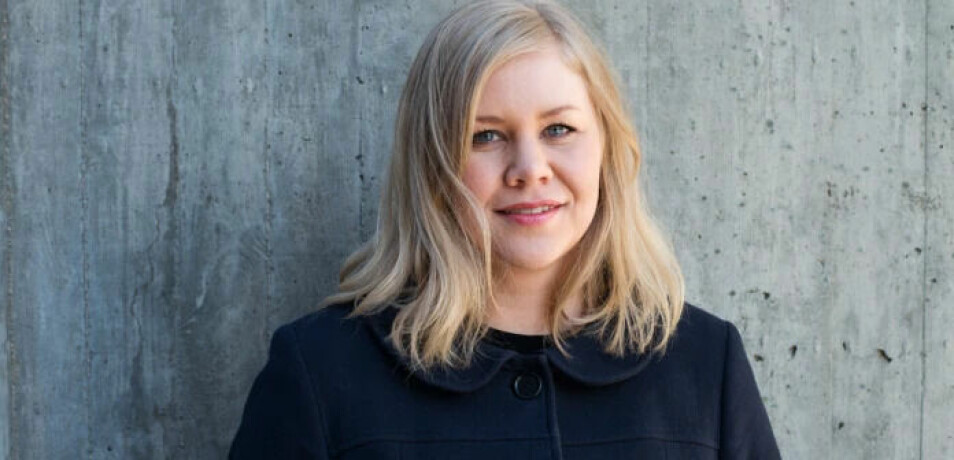
Randi – aged 15 – was the youngest to be sentenced to death in Norway
She was beheaded 244 years ago.
Today 54 countries in the world have death penalties reserved for particularly heinous crimes. Although capital punishment has ended in Norway now, there was a time when it was acceptable.
Following World War II, 25 Norwegians were sentenced to death because of their betrayal and involvement with the Nazis, among them the infamous traitor Vidkun Quisling. They were killed by firing squad.
Apart from the aftermath of the war, the last official execution in Norway took place in 1876, almost 150 years ago.
Killed their mother
Author Aina Basso has written a book about the death penalty aimed at a younger audience. The book tells the stories of some of those who were sentenced to death in Norway in the old days.
One example is teenager Randi Amundsdatter.
She lived on a farm in Hedmark county with her family.
One day in 1776, her father Amund returned home from work to find his wife dead and bloody hidden beneath spruce sprigs in the barn.
Enlisted her little brother to help
Amund went to collect the sheriff who subsequently interrogated Randi and her ten-year-old foster brother Halvor.
Through the questioning it emerges that Randi had got her little brother on board to kill their mother with an axe and a hoe.
The murder was planned.
She had planned to kill their father as well. Both children were arrested.
14-year-olds were convicted as adults
But how could they sentence a child to death?
Since Randi was over 14 years old, she was to be tried as an adult in accordance with the law at the time.
Ten-year-old Halvor was sent to a penitentiary for penal work. He was released on the day he turned 17.
Randi, however, was sentenced to death for the murder.
In 1778, the 15-year-old was tortured and beheaded.

Child neglect?
But why did Randi decide to kill her parents?
“Today many aspects of this case cause reactions,” Aina Basso writes in the book Dei dødsdømde (The Condemned).
It is shocking that two children killed their mother in such a brutal way.
According to people in the village, the girl became vicious because her mother was harsh and inconsiderate. Maybe the kids were beaten or abused.
Randi was also said to have been rude and difficult to deal with.
Today we might have called child protective services.
Maybe Randi had an intellectual disability or suffered from a mental health problem? They did not take that into account at the time.
Witch-burning and other methods
Basso writes about everything from death by burning and beheadings, to hanging and shooting.
Previously, Aina Basso has written a children's book about witch-hunting and witch-burning in Europe.
“Young people can tolerate a lot, as long as they are historical stories,” she tells sciencenorway.no.
Convicted of being a fake princess
The last woman to be executed in Norway was Sofie Johannesdotter. She was 37 years old when she was beheaded in Halden in 1876.
She is said to have murdered three people with poison.
Basso believes it is important that young people know this part of our history.
“Today it seems distant that we have sentenced people to death, that we have beheaded and burned people,” she says.
Especially since many of the crimes they were convicted of are no longer crimes.
In 1301, a woman was burned at the stake just because she said she was a princess.
Punishments became less severe
“The closer we get to the present, the stronger the belief that the punishments were too severe, both for children and adults,” Basso says.
In today's Norwegian society punishments aren't as much about revenge as before.
But in many countries around the world, they still execute criminals, Basso adds.
Belarus is, however, the only country in Europe where they still have the death penalty.
———
Translated by Alette Bjordal Gjellesvik.
Read the Norwegian version of this article on ung.forskning.no
Source:
Aina Basso “Dei Dødsdømde” (The Condemned), Samlaget forlag, 2022.
































